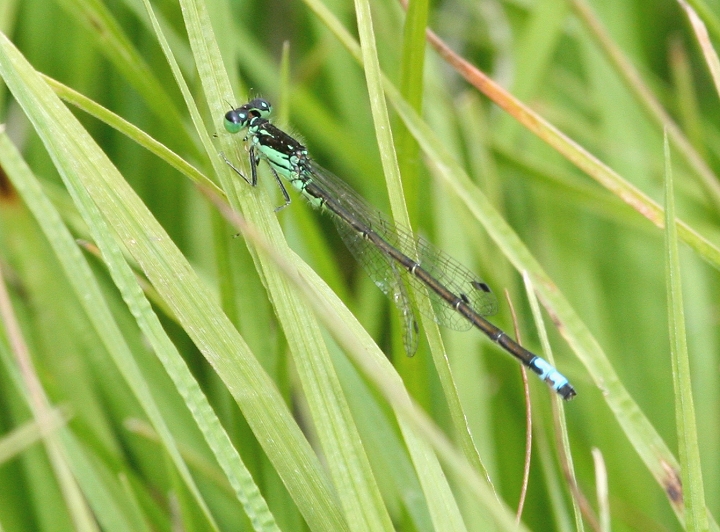New Additions
Running around Maryland with Becky Larson, Jim Brighton, and Matt Hafner. Last updated: 6/12/2006
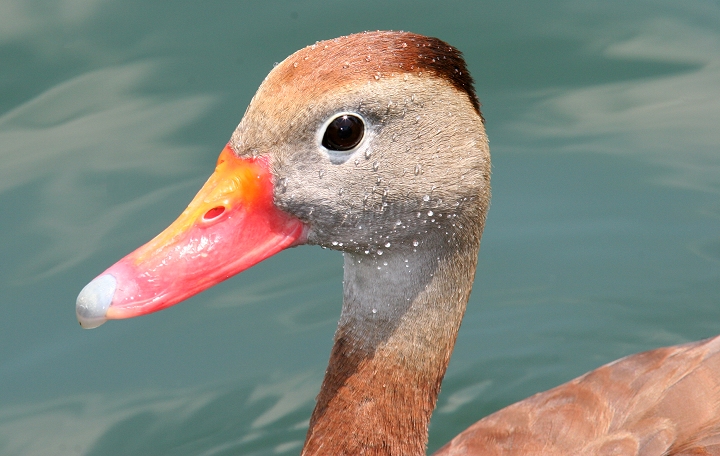
Above and below: Black-bellied Whistling-Duck in Montgomery Co., Maryland (6/9/2006).
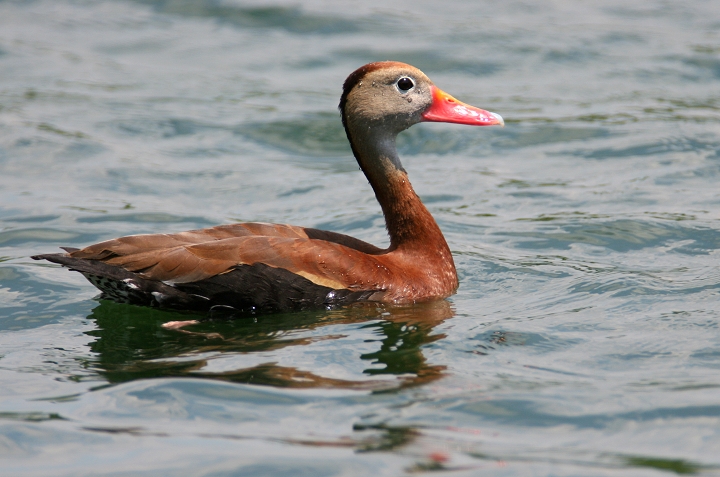
Below two: "Teenager" Canada Geese photographed nearby (6/9/2006).
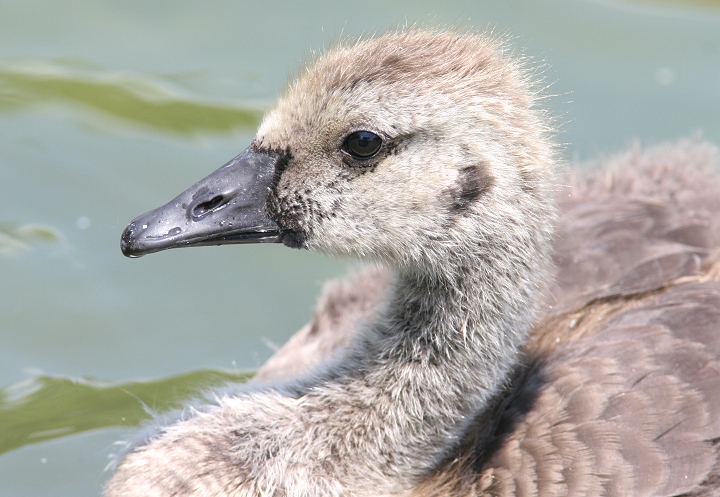
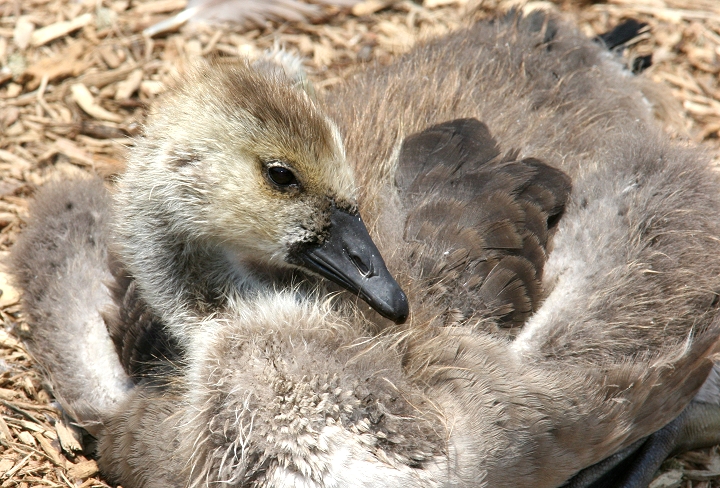
Below two: A Blue-winged Warbler on territory near Smithsburg, Washington Co., Maryland (6/10/2006).
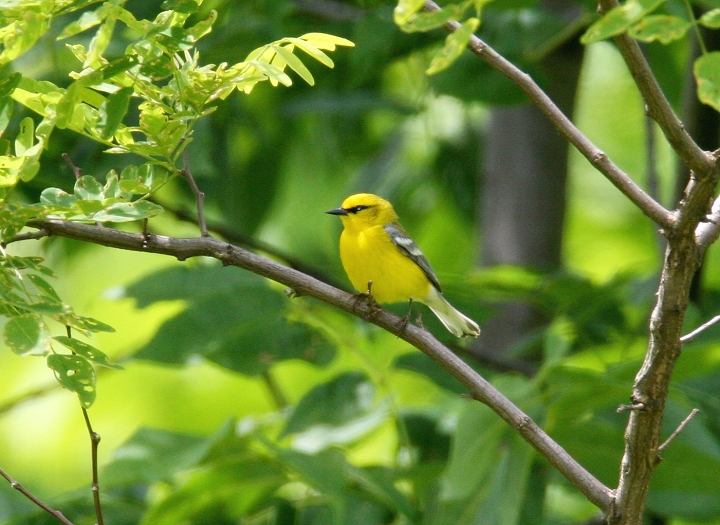
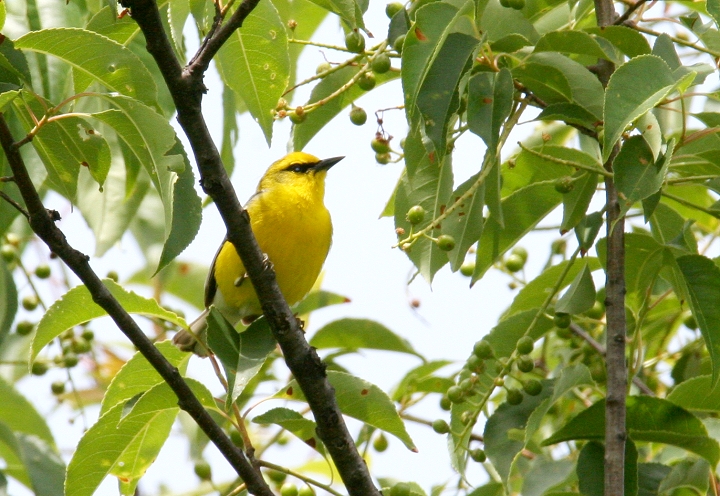
Below: Acadian Flycatcher nesting near Smithsburg, Washington Co., Maryland (6/10/2006).
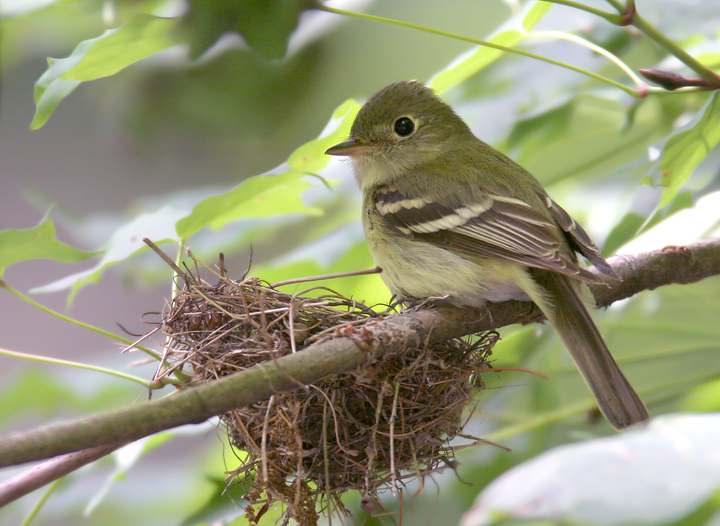
Below: A male Purple Martin at Lilypons Aquatic Gardens, Frederick Co., Maryland (6/9/2006).
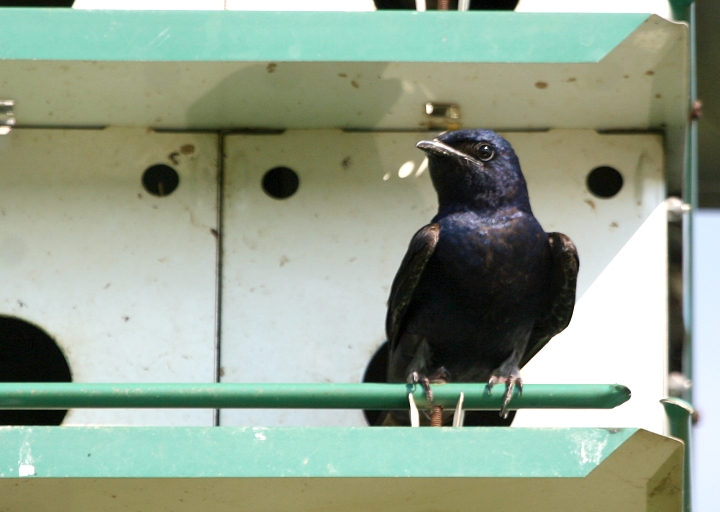
Below: A Cobra Clubtail becomes lunch at the Purple Martin colony (6/9/2006).
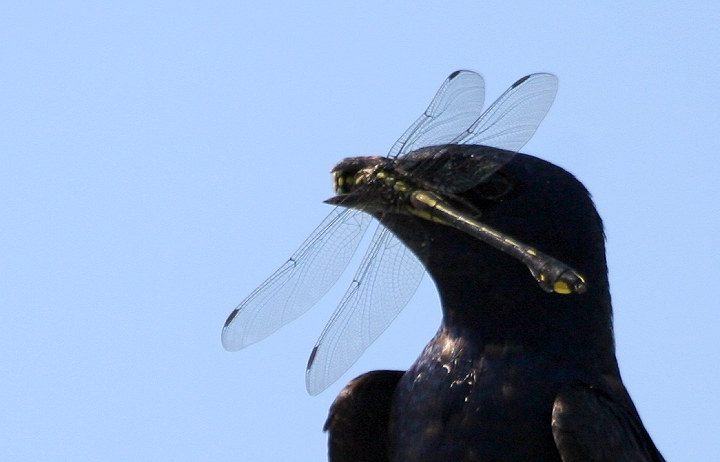
Below: A Summer Azure at Finzel Swamp in Garrett Co., Maryland (6/11/2006).
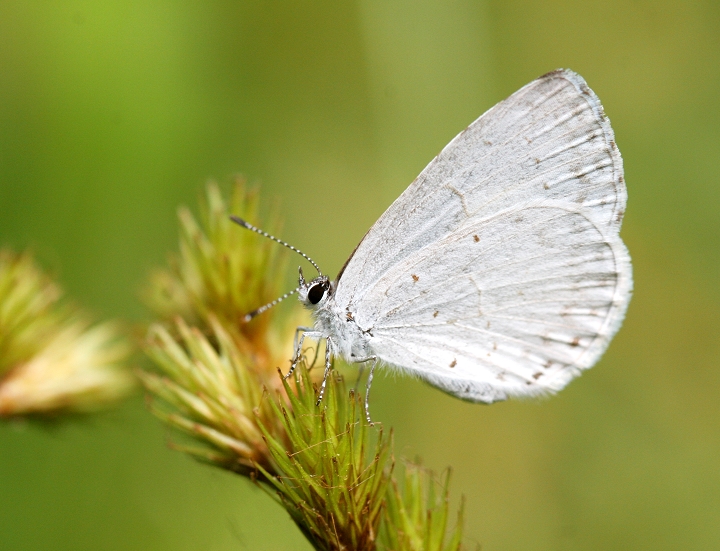
Below: A wildflower at Finzel Swamp in Garrett Co., Maryland (6/11/2006).
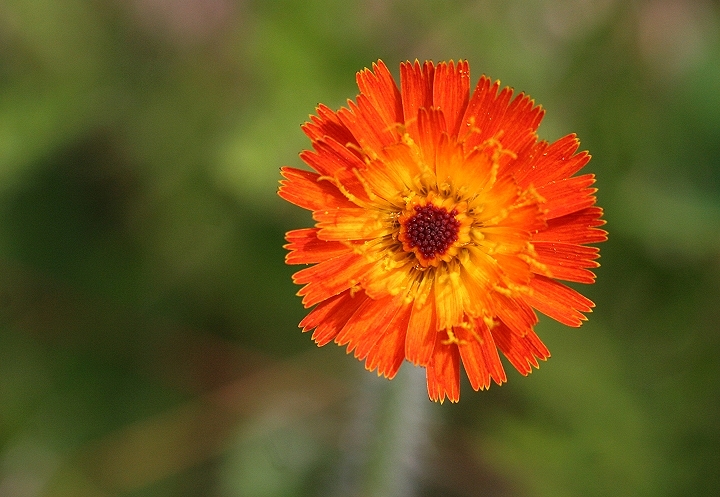
Below: A female Calico Pennant at Finzel Swamp in Garrett Co., Maryland (6/11/2006).
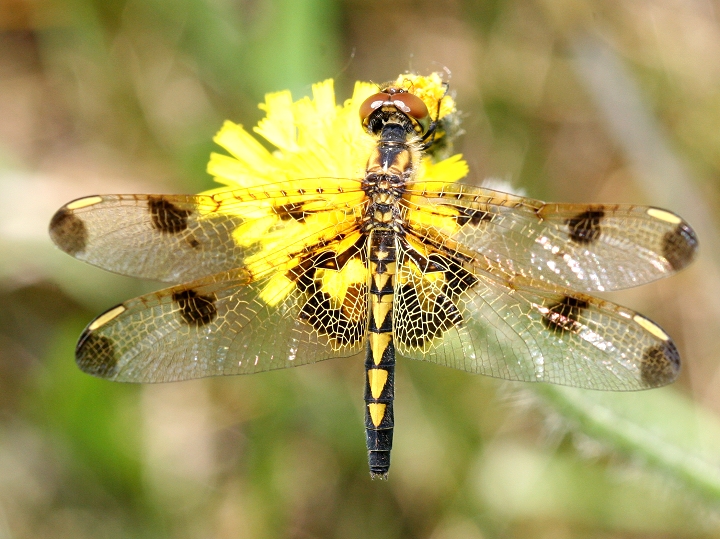
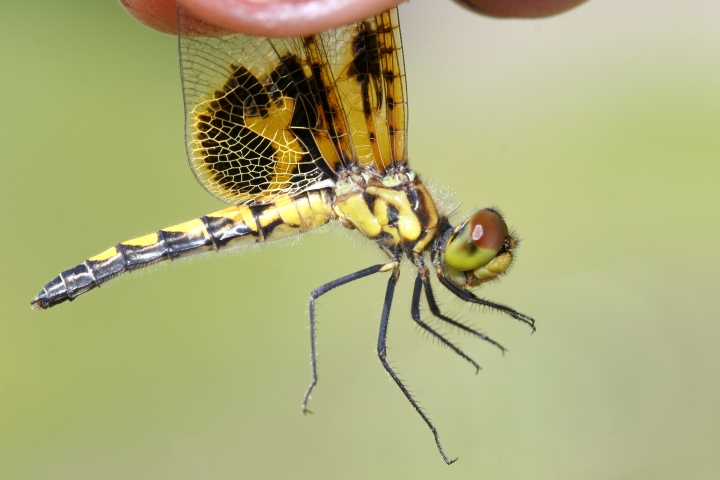
Above: A Pickerel Frog at Finzel Swamp in Garrett Co., Maryland (6/11/2006)
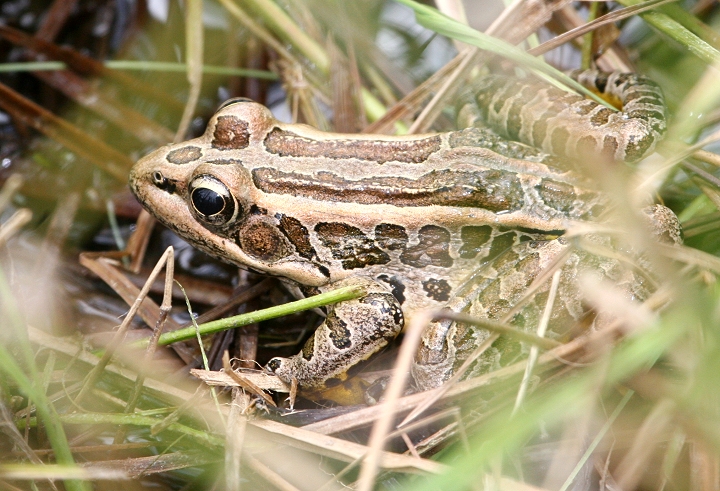
Below: A Gypsy Moth caterpillar in Garrett Co., Maryland (6/11/2006).
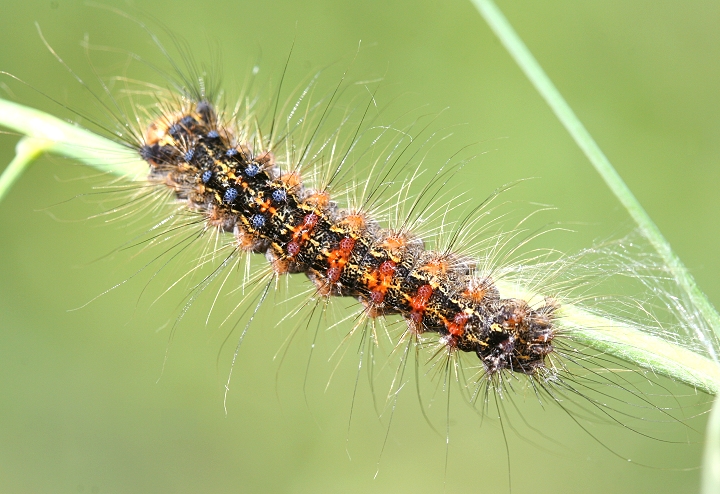
Below four: A Common Baskettail at Finzel Swamp in Garrett Co., Maryland (6/11/2006).
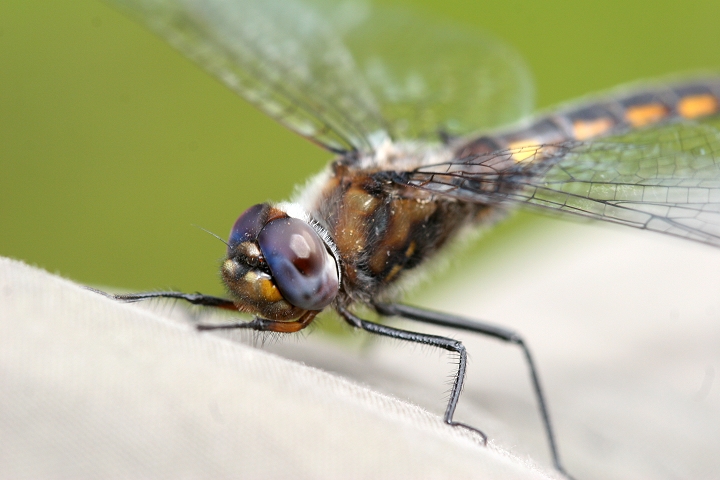
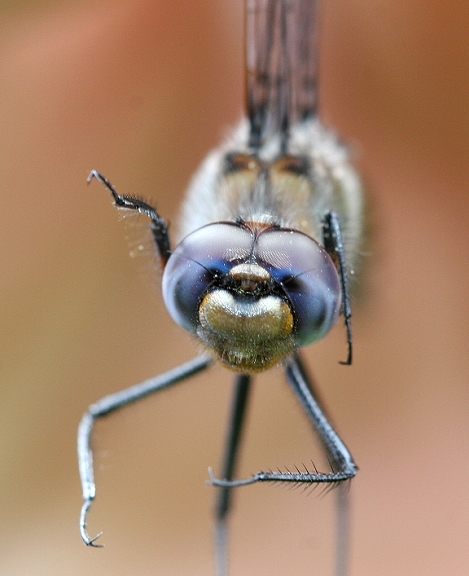
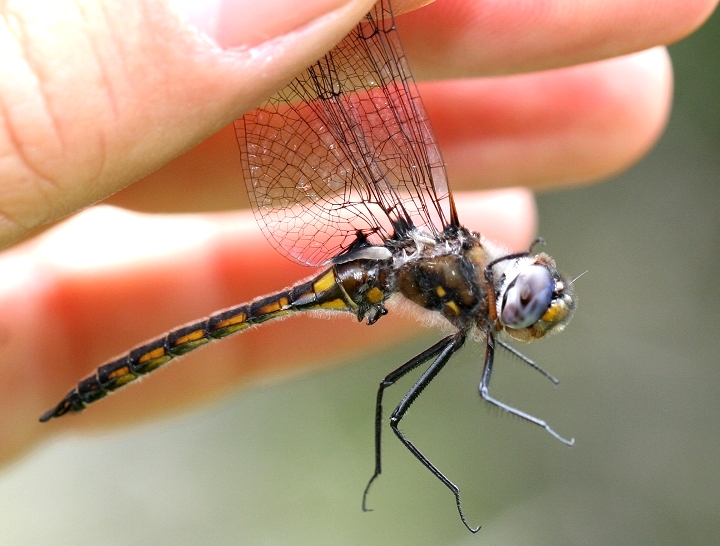
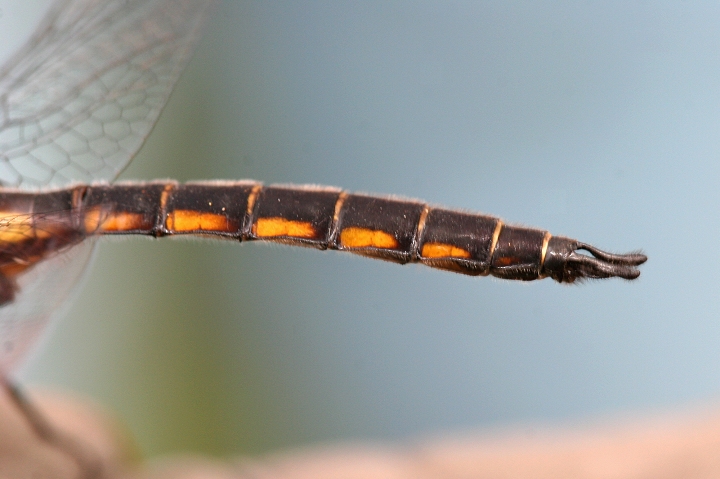
Below two: Hobomok Skippers in Garrett Co., Maryland (6/11/2006).
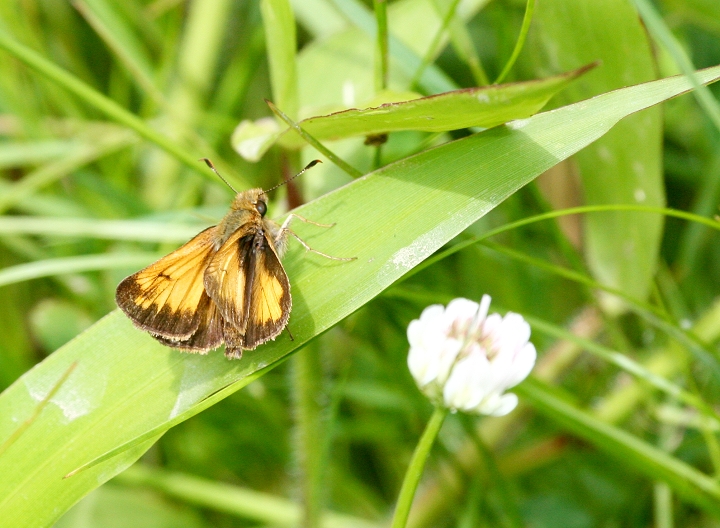
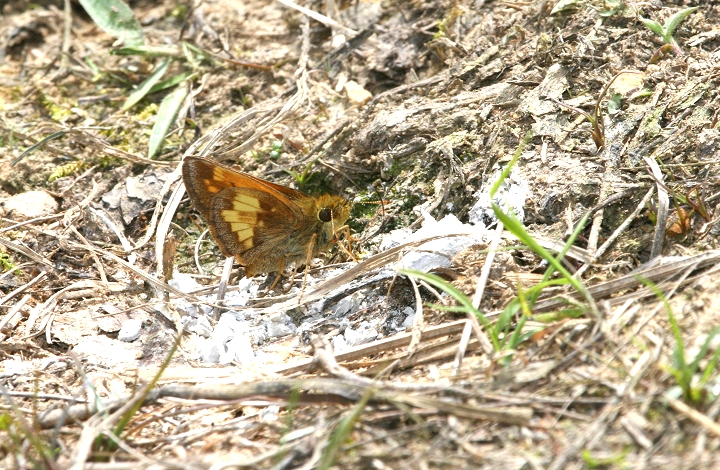
Below: A Lancet Clubtail at Finzel Swamp in Garrett Co., Maryland (6/11/2006).
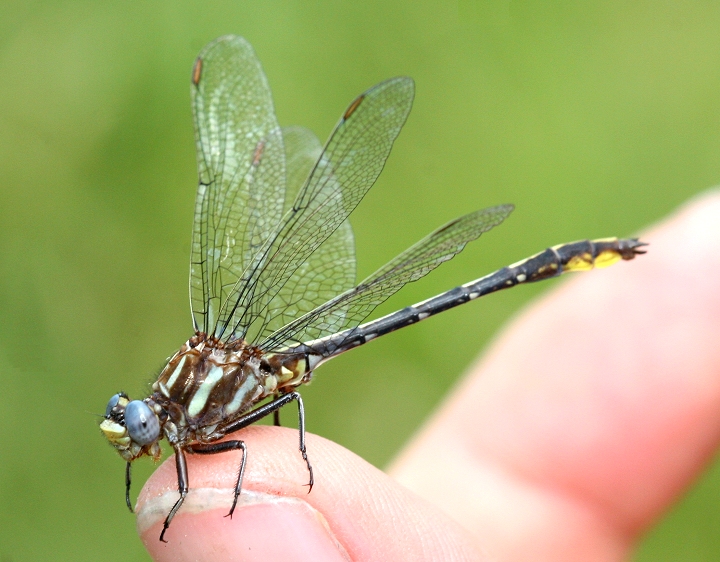
Below: A grasshopper in Garrett Co., Maryland (6/11/2006).
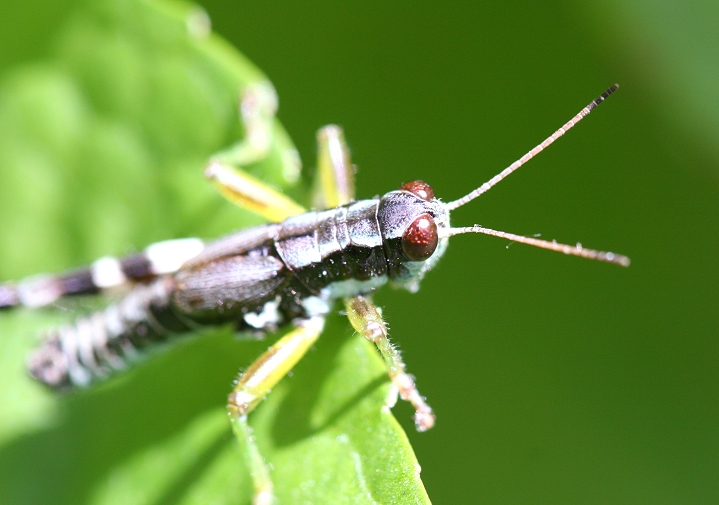
Below: A Chalk-fronted Corporal at Finzel Swamp in Garrett Co., Maryland (6/11/2006).
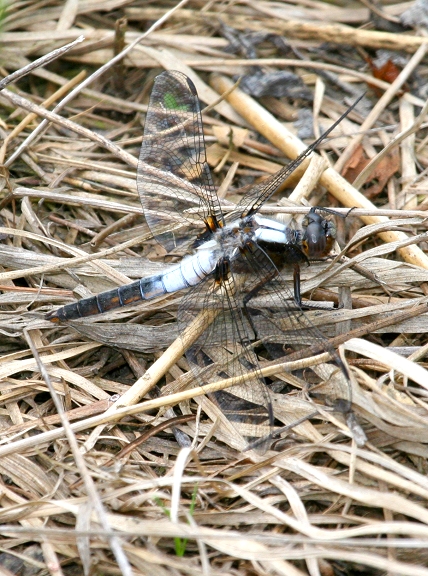
Below: A probable Lancet Clubtail (possibly an Ashy) at Finzel Swamp in Garrett Co., Maryland (6/11/2006).
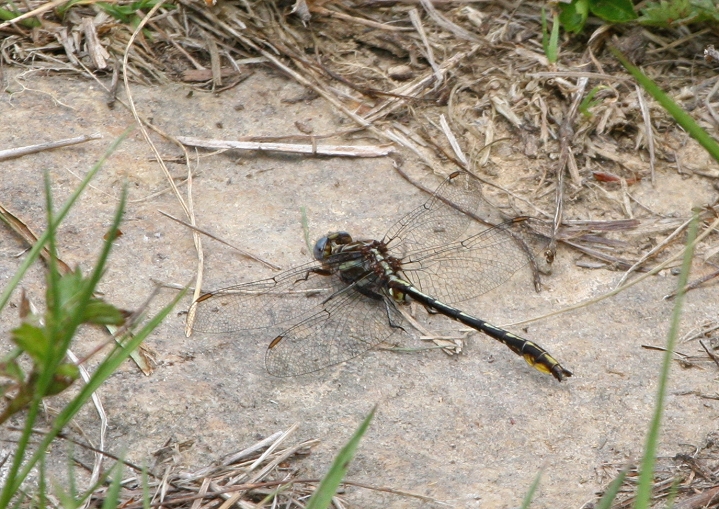
Below: A Little Wood-Satyr in Garrett Co., Maryland (6/11/2006).
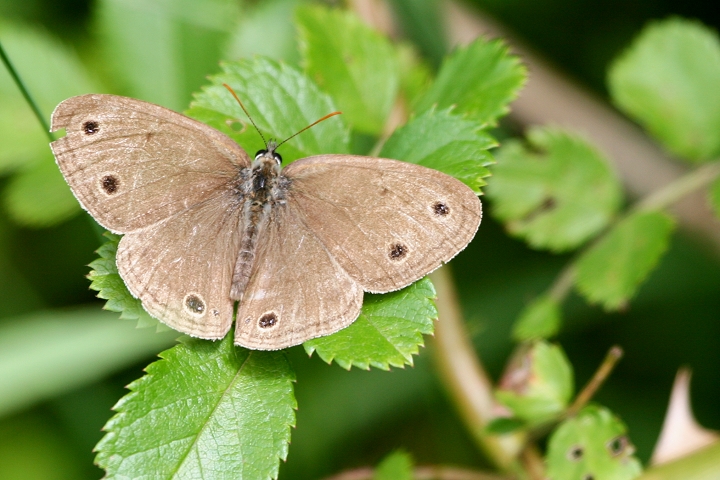
Below: A Long Dash in Garrett Co., Maryland (6/11/2006).
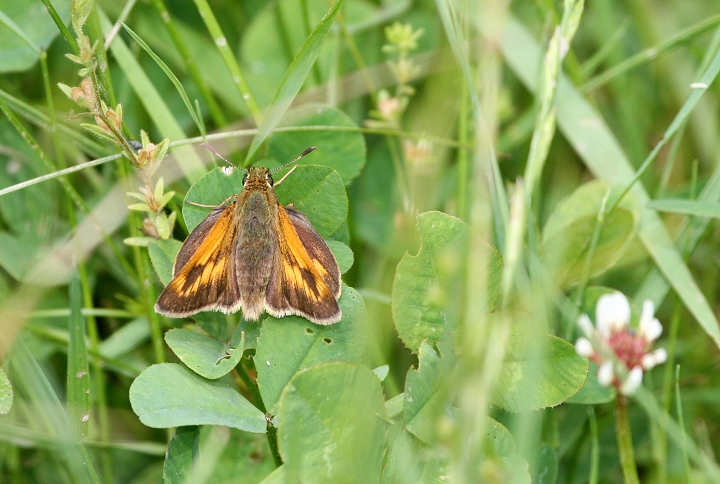
Below seven: Several damselflies photographed in Garrett Co., Maryland (6/11/2006).
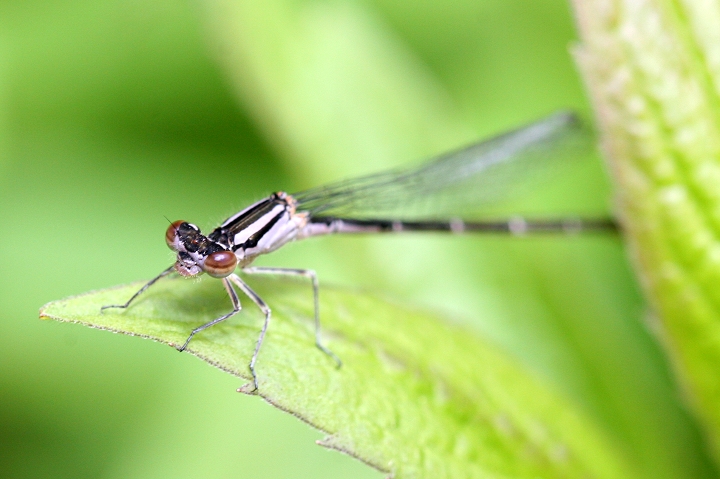
Above and below three: Immature female bluets, probably Hagen's Bluets (otherwise Familiar Bluets). I've been informed that Hagen's Bluet is more expected in Garrett County.
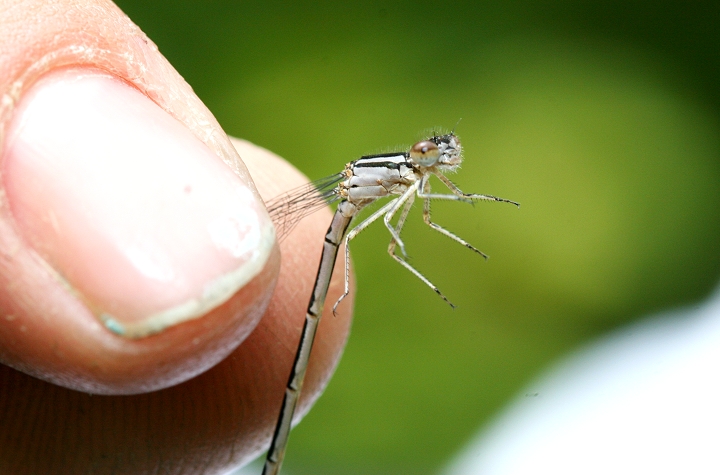
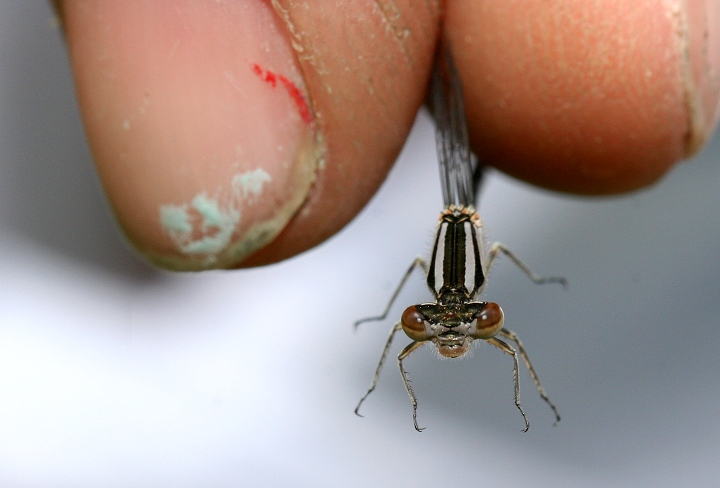
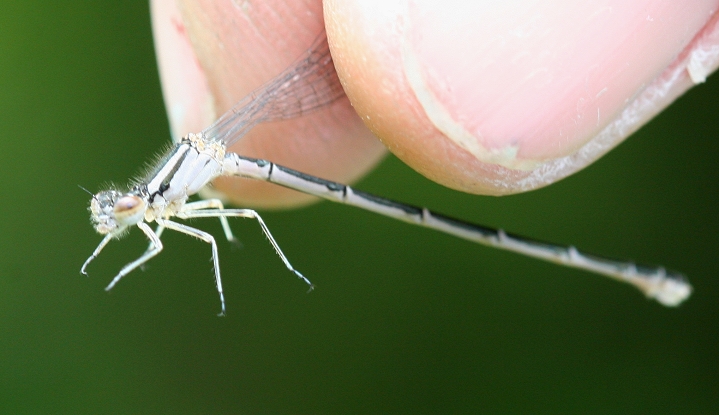
Below two: "A female Forktail, either Eastern or Fragile. They are indistinguishable once the female matures and develops the blue-gray color. It is likely they are Eastern Forktails, since that's what the male is." [see below] - June Tveekrem
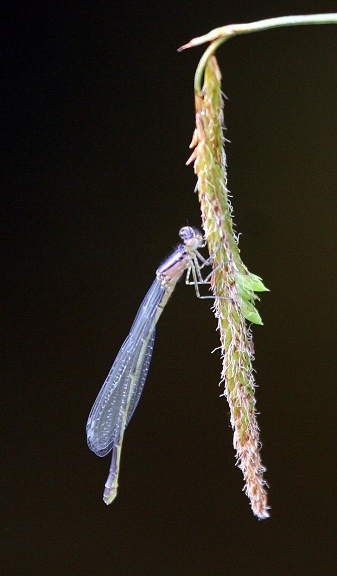
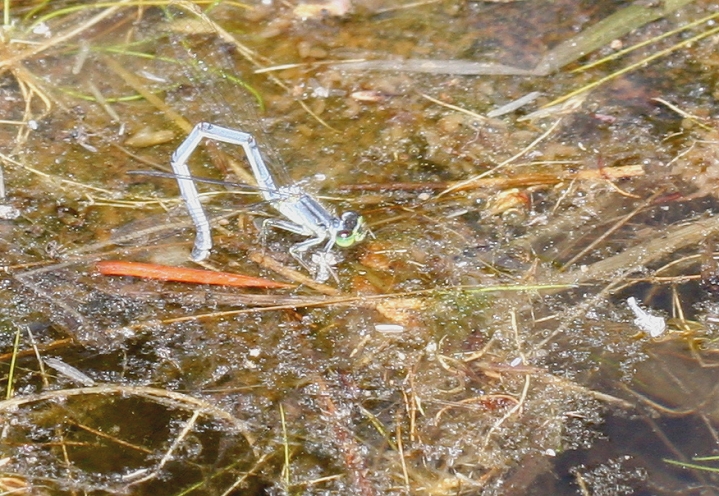
Below: A male Eastern Forktail with unusual split-stripe pattern on thorax.
